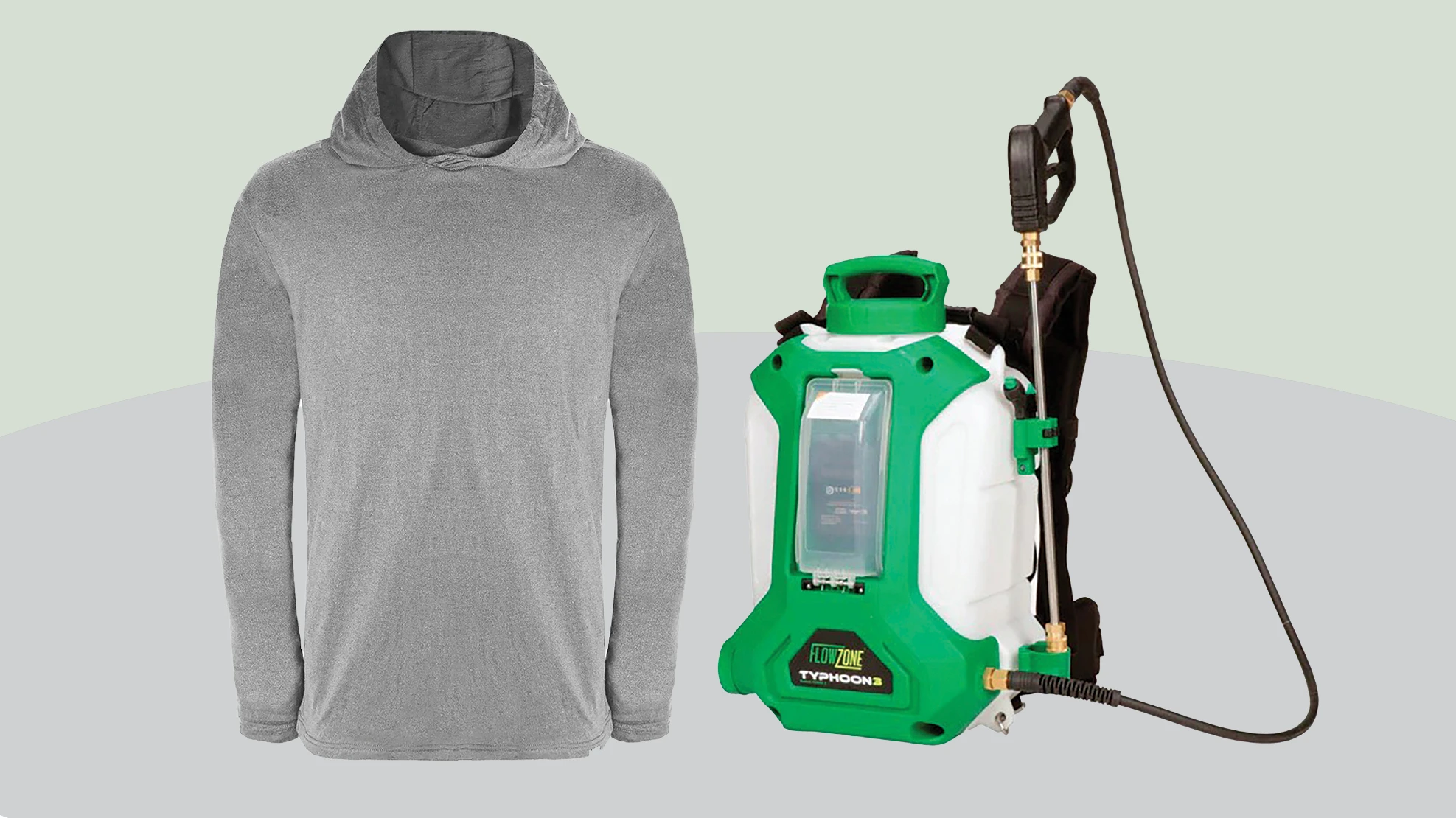

Greenhouse Management: The last few years have been different for everyone, seemingly. What have they been like for you in your role?
Jean Williams-Woodward: From my perspective, we are finding out about things happening in the industry after they happen. We used to be out a lot more and seeing what was going on in greenhouses and talking to growers. Things have become a little more isolated. And so oftentimes, when I get contacted, it’s too late to do certain disease management things. ... It’s more reactionary management and identification of problems rather than proactively dealing with things. And I think people are just trying to hang on at this point. The ornamental industry, though, is booming. So these last few years have been great for our Georgia growers. But we see, for instance, that our sample numbers are down in our clinic. Things are just not happening the way they used to happen.
GM: You recently penned an e-GRO about fusarium affecting cyclamen. What stood out from the work you did for that piece?
JWW: There are more common strains of fusarium. But with the cyclamen, it’s actually a subspecies and specific to the cyclamen. So it’s not something that would spread to the other crops. … This was not something I had really seen before. When I first got this, I looked at the roots and saw the softened, discolored roots and thought that it was going to be pythium. When I cut into the core, I actually found discoloration that led me to think it was phytophthora. My first step is to rule those out because they are more common. I’ve also seen a lot of bacterial soft rot on cyclamen. But there just wasn’t pythium or phytophthora in the sample. But there was fusarium, which I usually think of as a secondary thing until I rule everything else out.
GM: Is this strain of fusarium something cyclamen growers can work around if they find it early enough?
JWW: It’s a lost cause on the ones that they have. The other thing I tend to do in these situations is talk to the grower and they had said it was mostly found on one specific variety. And so, when I see something that is more specific to varieties, as opposed to hitting a wide range of varieties around the greenhouse, I tend to think that it could be more like the fusarium wilt where it comes in on those plugs. So, talk to your supplier and see if anyone else is having this problem because it could be something that the greenhouse is doing to stress out this plant. But once it’s there, there’s not a lot to salvage. The fungicides are not that effective on it and you can’t turn that plant around. So it’s a loss on those particular plants. What you can do is use fungicides to try and protect the other plants that are there and keep it from spreading from that one cultivar to all of the other ones.
Get curated news on YOUR industry.
Enter your email to receive our newsletters.

Explore the May 2022 Issue
Check out more from this issue and find your next story to read.
Latest from Greenhouse Management
- The Growth Industry Episode 3: Across the Pond with Neville Stein
- A nation of gardeners: A history of the British horticulture industry
- How Izel Native Plants is solving the native plant conundrum
- Trends: Proven Winners 2025 perennial survey shows strong demand
- Online registration opens for 2025 Farwest Show
- Cashing in with customization
- The Ball Seed Difference
- Lawsuit challenges new H-2 visa rules






